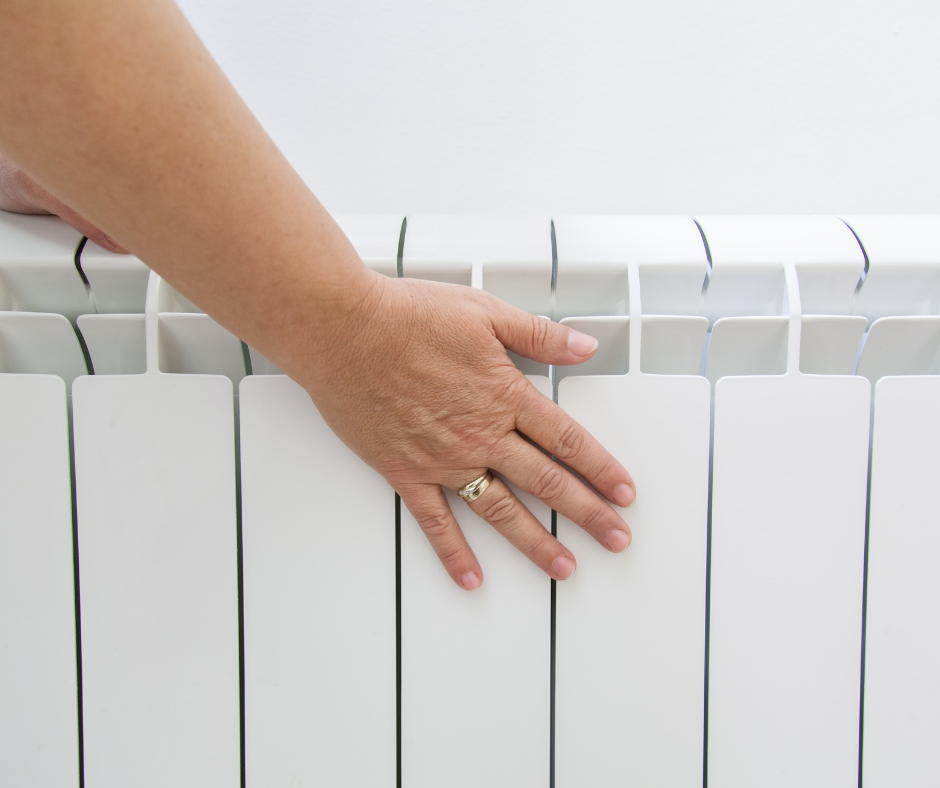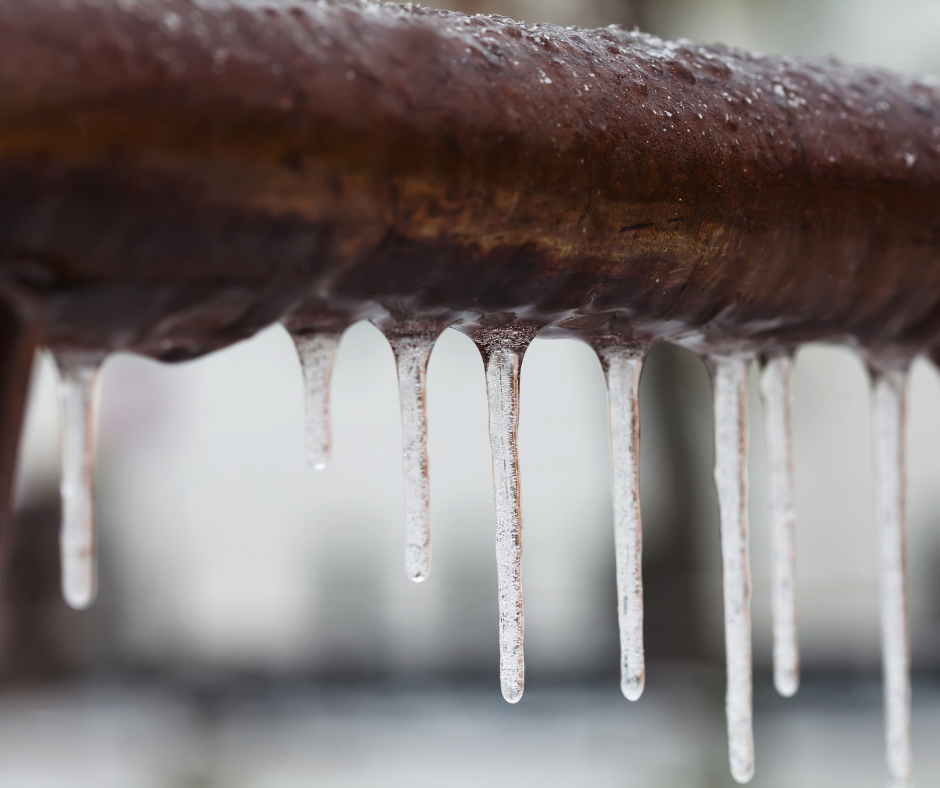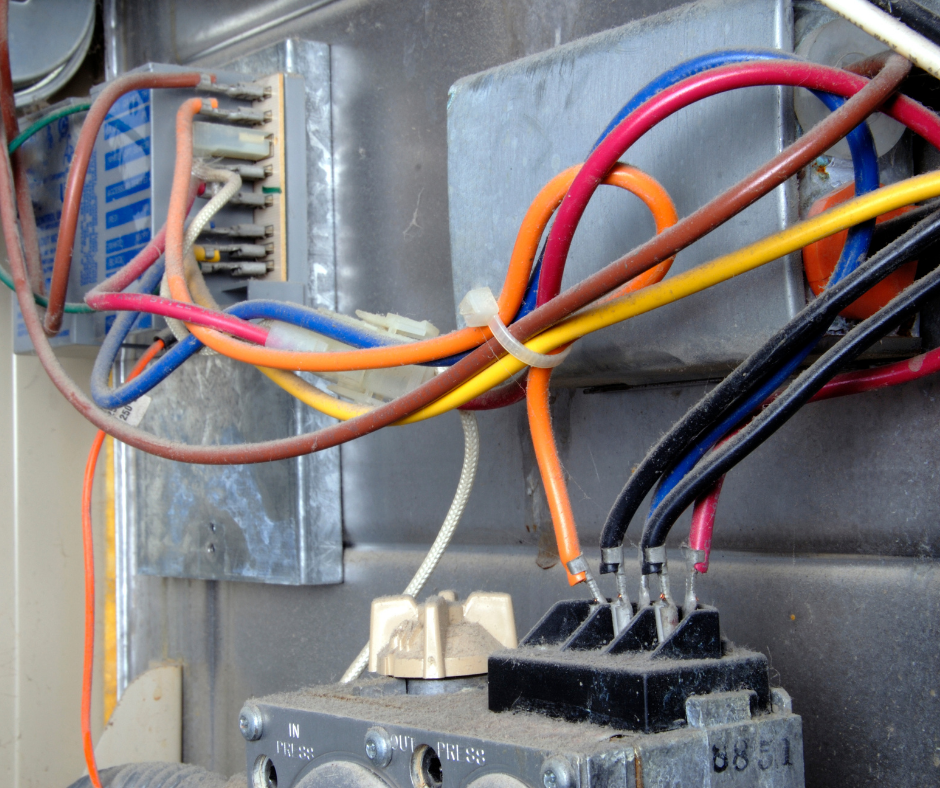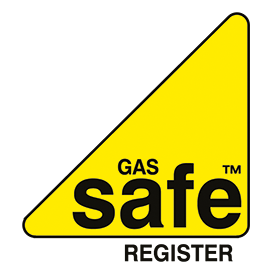If you’re finding your radiators aren’t heating up properly it’s likely they need to be bled to combat the issue and improve your home’s heating efficiency.
Luckily, it’s a straightforward job which can be completed in a few simple steps.
Here’s what you’re going to need:
- Radiator key
- Old cloth/towel
- Bucket
Step one
After identifying which radiators need bleeding, start with the ones furthest away from the boiler. Ensure your heating is off and all your radiators are cold before beginning!
Step two
Locate the bleed valve (they’re normally located at the top and look like a round hole with a square inside) and place an old cloth or towel beneath to catch any escaping water.
Step three
Insert the radiator key and turn the valve anti-clockwise and release the air, you should hear a hissing sound.
Step four
Once the water starts to escape and the hissing sound stops, turn the key anti-clockwise to close the valve.
Step five
Repeat with any other radiators that need attention, making your way back to the boiler.
Step six
Check your boiler pressure gauge. If it’s too low you’ll need to repressurise the system. However, if everything is normal you can switch the heating back on and check your radiators are all performing as they should.
There you have it – just a few simple steps to get your radiators performing as they should and your home all nice and cosy again.









